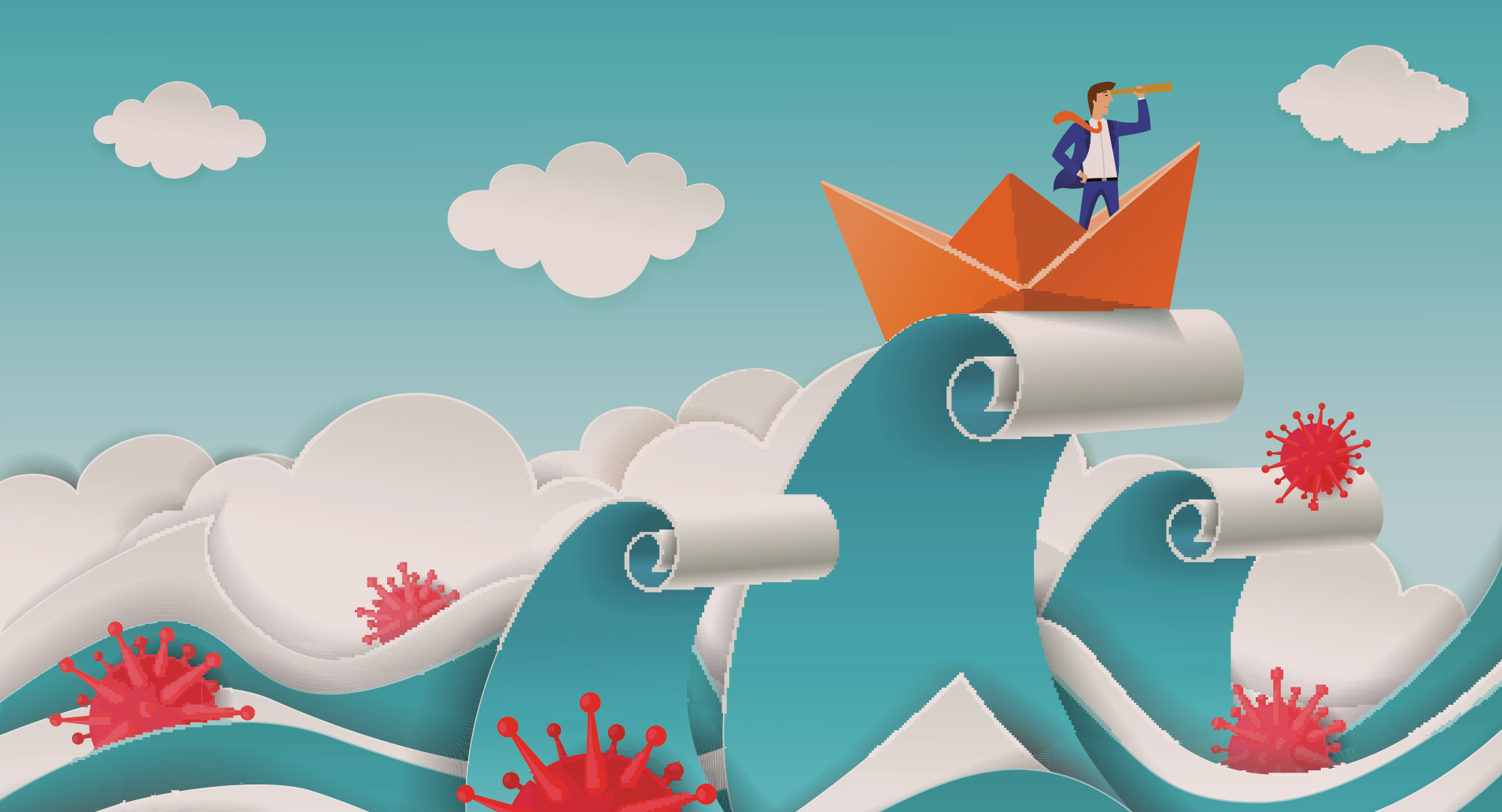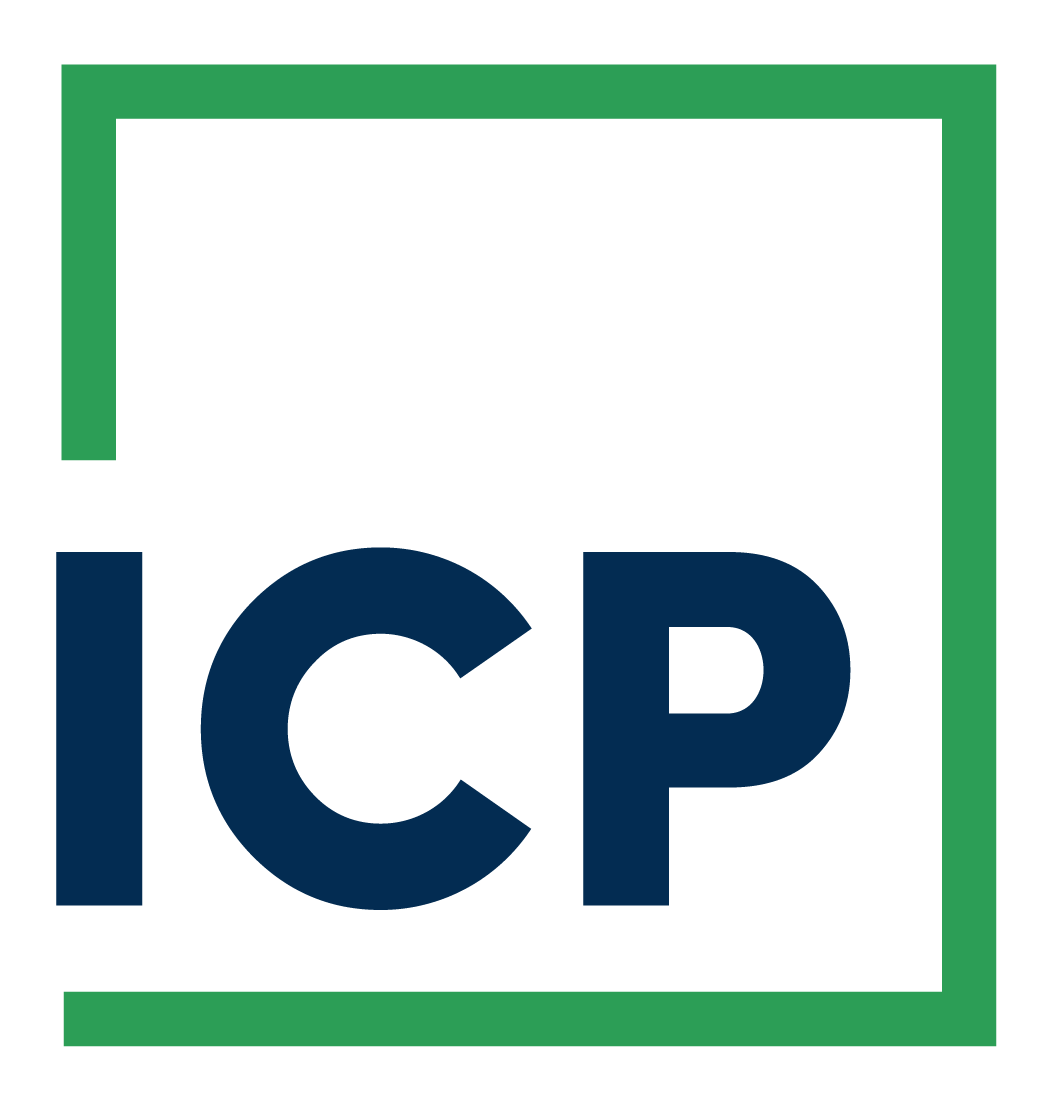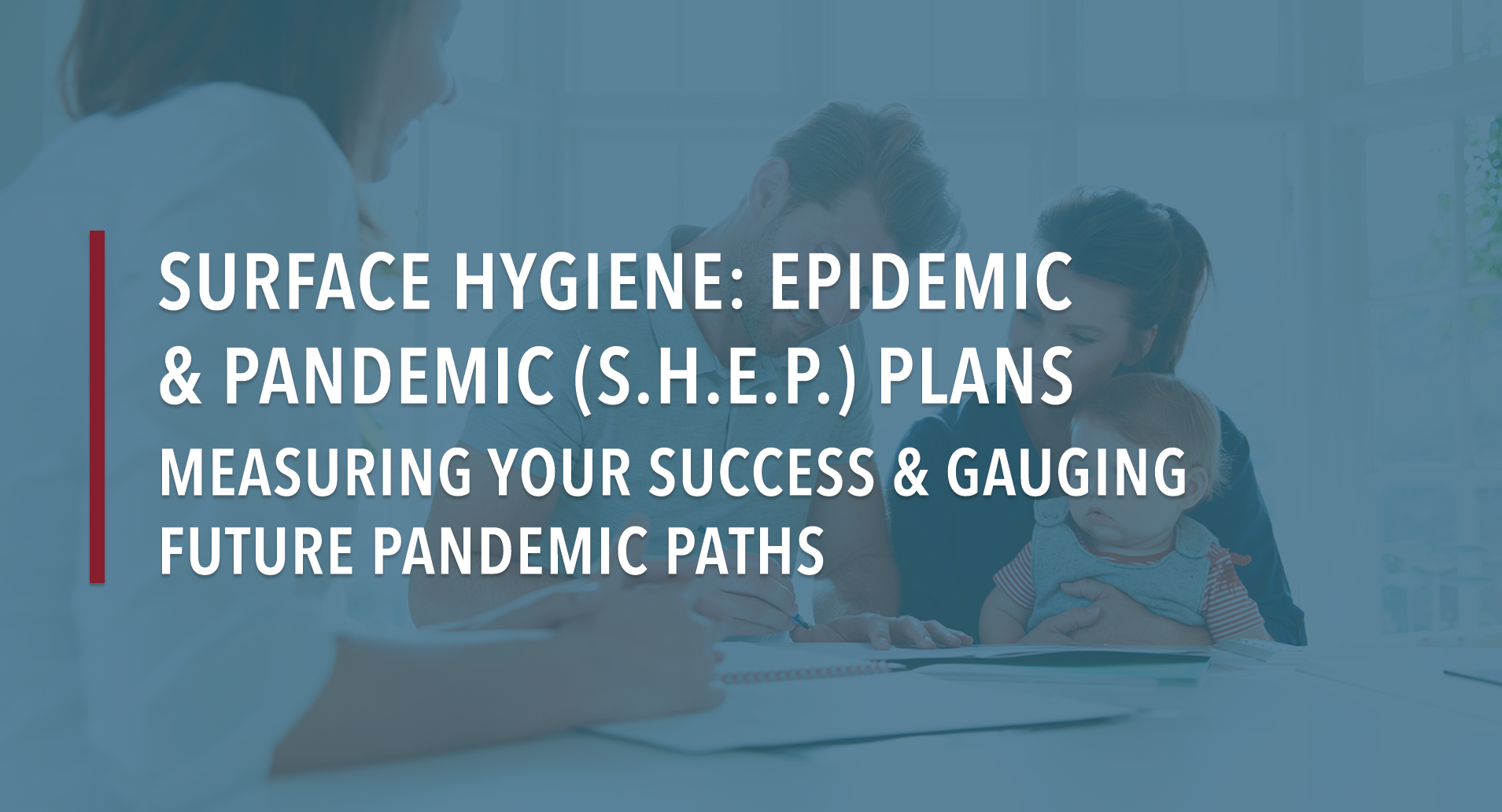Measuring Your Facility Disinfection Plans Successes & Gauging Future Pandemic Paths
Surface Hygiene: Epidemic & Pandemic (S.H.E.P.) Blog – Post 4 of 4
Blog Post 4 of a 4-part series. Click here to view Part 1: Protect Your People and Facilities: Before, During & Post-Pandemic, here to view Part 2: Addressing Hygiene Theatre & Microbial Surface Efficacy, and here to view Part 3: How To Build Your Facility Disinfection Plans
Now that you have a fundamental knowledge of S.H.E.P. and the current pandemic and you’ve built and implemented your facility disinfection plans, how do you know that they are accomplishing the goal of reduction of viral transmission? In a time where COVID-19 is ramping up again in pockets of communities, and the spread of variants as well as other viral pathogens is high, it may seem challenging to determine, understand, and quantify how our S.H.E.P. plans and mitigation efforts have been successful.
Continuing to implement and execute your facility disinfection plans is crucial just as much, if not more, now then when the pandemic first began in 2020. With new variants such as the Omicron, and BA.2 strains being incredibly prevalent as we enter the spring season, the need for ongoing disinfection, health screening, and personal protective equipment is still imperative in mitigating further transmission and community spread.
Stuart Ray, M.D. at Johns Hopkins Medicine stated, “New variants of the SARS-CoV-2 virus are detected every week. Most come and go — some persist, but don’t become more common; some increase in the population for a while, and then fizzle out. When a change in the infection pattern first pops up, it can be very hard to tell what’s driving the trend — changes to the virus, or changes in human behavior. It is worrisome that similar changes to the spike protein are arising independently on multiple continents.”
The ongoing infections of COVID-19 viruses, as well as typical seasonal influenzas, common colds, Norovirus, Rhinovirus, etc. reminds us that despite our fatigue with “pandemic thinking”, keeping up a regimented cleaning and disinfecting program and measuring its success needs to be a topic that is consistently front of mind.
Ray reaffirms the continued need to maintain a layered mitigation strategy even now. “…We also need to reemphasize basic public health measures. We have tools at hand that enable individuals to manage risk, including wearing high-quality masks or respirators. Those rated FFP2 or FFP3 are more protective than cloth masks, and often easier to wear. Hand-washing and avoiding large indoor gatherings, especially with unmasked people, are other ways to mitigate the risk of infection.” Ray states that “New variants are a reminder that we should be using multiple tools for the safety of ourselves and those for whom we care.”

As mentioned, it may seem challenging to determine, understand, and quantify how the plans and mitigation efforts established have been successful. A main indicator that your S.H.E.P. plans have been successful is a decrease in the number of active cases being reported in your facility. A lower rate of transmission and a smaller number of sick customers and staff, while hard to track, does indicate that your facility’s cleaning and disinfecting efforts have been paying off.
Other key indicators of a successful deployment of S.H.E.P. plans include:
- layered mitigation happening successfully and implemented by employees, visitors, and customers (masking, hand hygiene, policies, social distancing, etc.)
- open lines of communication between internal safety team and external organizations
- staff engagement in regular health and safety training sessions
- clearly marked instructions for patrons/guests/customers and employees who enter your facility on display and enforced (i.e., social distancing markers, directional arrows for traffic flow, maximum reduced occupancy signage, health screening questions)
- a plan that is implemented when infection rates or caseloads surge to increase frequency of cleaning and disinfecting, and reduce the number of individuals accessing the facility
- an increase in online/eCommerce sales, as customers transition to an online versus an in-person dependent shopping experience
Finally, measuring against the key performance indicators you established when building your S.H.E.P. plans will help gauge how successful the implementation has been and will also identify areas of review and improvement.
Unfortunately, whether it is another strain of COVID-19, or another new pathogen, there will always be new viruses to protect our built environments against. Building these plans to be versatile and address all types of pandemics, epidemics, endemics, or outbreak situations, will ensure that our buildings are protected against one of the many potential future global health challenges.
At ICP, we want to help you build your plans. Do you have some plans started but have questions? Not sure if your plan covers all infection control considerations? Not sure how to set key performance indicators or measure them? Our team is here to help you specify products for your facility based on your needs, and work with you to build your comprehensive plans. Reach out to Cole Stanton, our Director of Education and AED Specification for ICP. He can be contacted via specifications@icpgroup.com.
Resources



